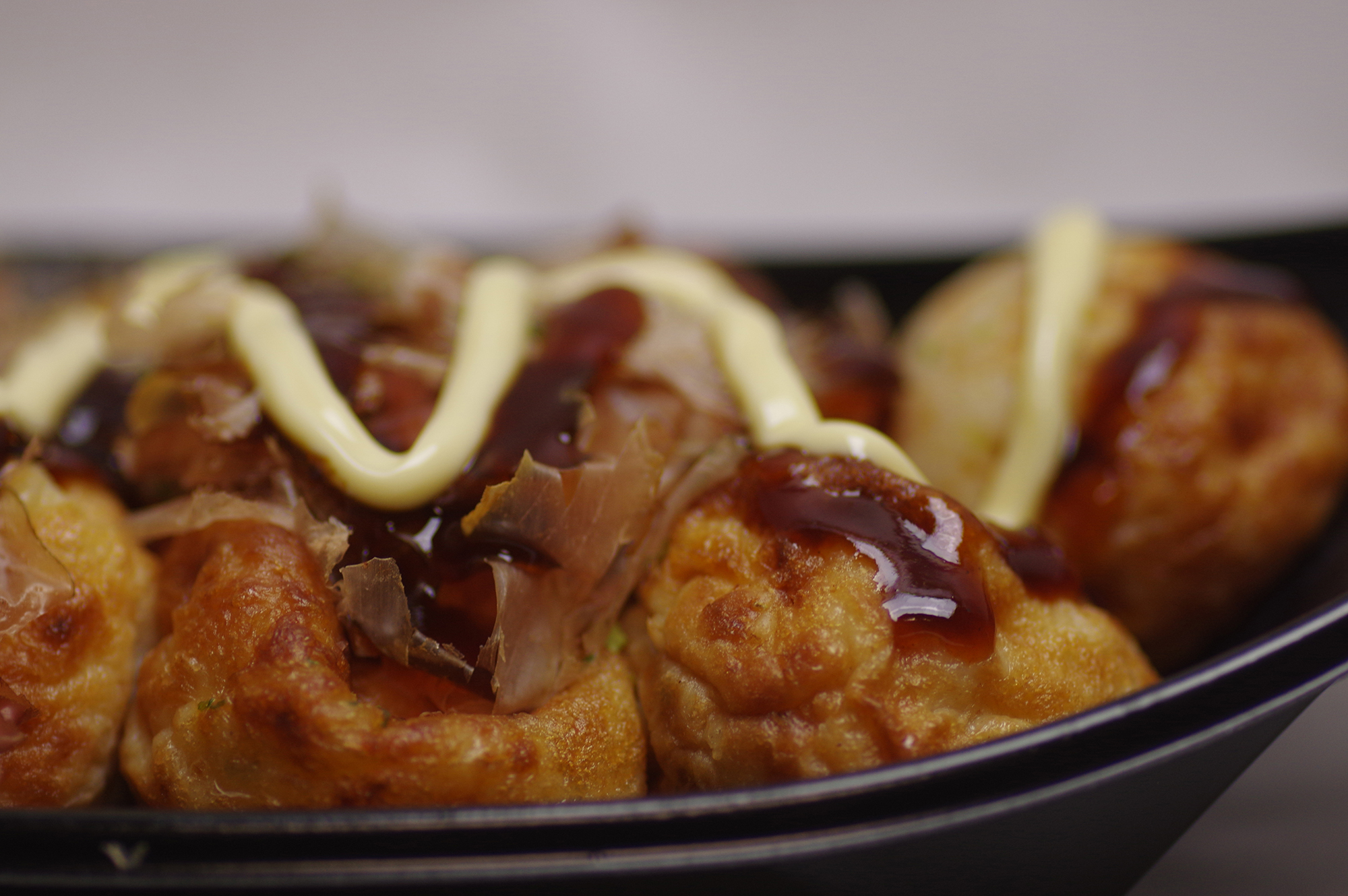- Features and Highlights
- History
- Best Time to Visit
- Access Information and Recommended Visiting Hours
- Surrounding Information
- Images
- FAQ (Clothing, Rules)
- References
Features and Highlights
Edo Castle, also known as Chiyoda Castle, is renowned for its magnificent architecture and historical significance. The castle features beautiful stone walls, moats, and well-preserved structures that reflect its status as the seat of the Tokugawa shogunate. Visitors can admire the iconic foundations of the castle towers and the serene East Gardens, which provide stunning views of the landscape, particularly in the spring and autumn. Unique features include the remnants of the castle’s defensive structures and the carefully landscaped gardens that offer a peaceful escape from the bustling city.
History
Edo Castle was constructed in the early 15th century and became the center of political power in Japan during the Edo period (1603-1868). Originally a simple fort, it was transformed into an expansive castle complex under the Tokugawa shogunates, becoming a symbol of their reign. The castle has witnessed significant historical events, including the Meiji Restoration, which led to the abolition of the shogunate. A fascinating aspect of its history is the blend of Japanese and Western architectural influences that arose after Japan opened its borders to the West in the late 19th century.
Best Time to Visit
The most picturesque time to visit Edo Castle is during the cherry blossom season in late March to early April, when the grounds are adorned with blooming sakura trees. Autumn, between late October and early November, also offers breathtaking views as the foliage turns vibrant shades of red and gold. Spring and autumn not only provide favorable weather conditions but also bring seasonal events, such as traditional festivals and illuminations, adding to the overall experience.
Access Information and Recommended Visiting Hours
Edo Castle is easily accessible via public transport. The closest stations are Tokyo Station, Hibiya Station, and Otemachi Station, all of which are a short walk from the castle grounds. Visitors are encouraged to explore the castle in the morning or late afternoon to avoid peak crowd times. The East Gardens are open to the public from 9:00 AM to 4:30 PM, while other areas might have specific visiting hours depending on the season.
Surrounding Information
The area surrounding Edo Castle is rich in attractions, including the Imperial Palace and its gardens, the National Museum of Modern Art, and the historic Yasukuni Shrine. Additionally, numerous cafes and restaurants offer a variety of dining options, allowing visitors to indulge in local cuisine after exploring the site. A stroll through the Marunouchi district provides a perfect blend of tradition and modernity, making it a comprehensive sightseeing experience.
Images
Here are some captivating images of Edo Castle and its picturesque surroundings:
 – The majestic ruins showcasing the historical architecture.
– The majestic ruins showcasing the historical architecture.
 – Cherry blossoms in full bloom in the East Gardens.
– Cherry blossoms in full bloom in the East Gardens.
 – Stunning autumn foliage transforming the landscape.
– Stunning autumn foliage transforming the landscape.
FAQ (Clothing, Rules)
Visitors are advised to wear comfortable shoes suitable for walking and exploring the expansive grounds. Please respect the environment by not picking flowers or littering. While photography is generally allowed, some specific areas may have restrictions. It’s recommended to check local regulations and be mindful of other visitors during your stay.
References
For more detailed insights and historical context, visit the following resources:
1. Kokyo (Edo Castle Ruins) | Recommended Tourist and Leisure Spots in Chiyoda, Tokyo
3. Edo Castle Ruins Monument | Official Tokyo Chiyoda Tourist Information Site
5. Inner Moat Course | Tour around Edo Castle | Official Tokyo Chiyoda Tourist Information Site
Recommended spots within a 10km radius
- Exploring Tsukiji Market: A Foodie Paradise in Chuo, Tokyo
- Exploring Meiji Shrine: A Cultural Gem in Tokyo’s Shibuya
- Explore the Beauty and History of Sensō-ji Temple in Asakusa, Tokyo
- Discover Tsukiji Honganji Temple: A Cultural Gem in Tokyo’s Chuo Ward
- Discover Yasukuni Shrine: A Historic Site in Chiyoda, Tokyo
- Explore Tomioka Hachiman Shrine in Koto City, Tokyo: A Historical Gem
- Kameido Tenjin Shrine: A Hidden Gem in Koto City, Tokyo
- Discovering Arai Yakushi Baishoin: A Hidden Gem in Nakano, Tokyo
- Explore Sengaku-ji: A Hidden Gem in Tokyo’s Minato Ward
- Shiba Toshogu Temple: A Historical Gem in Minato, Tokyo
- Kanda Shrine (Kanda Myojin) – A Spiritual Jewel in Chiyoda, Tokyo
- Discover Nezu Shrine: A Hidden Gem in Bunkyo, Tokyo
- Discovering Kan’eiji Temple: A Hidden Gem in Taito, Tokyo
- Discover Gokoku-ji Temple: A Historical Gem in Bunkyo, Tokyo
- Yushima Tenmangu Shrine: History, Features, and Visiting Guide
